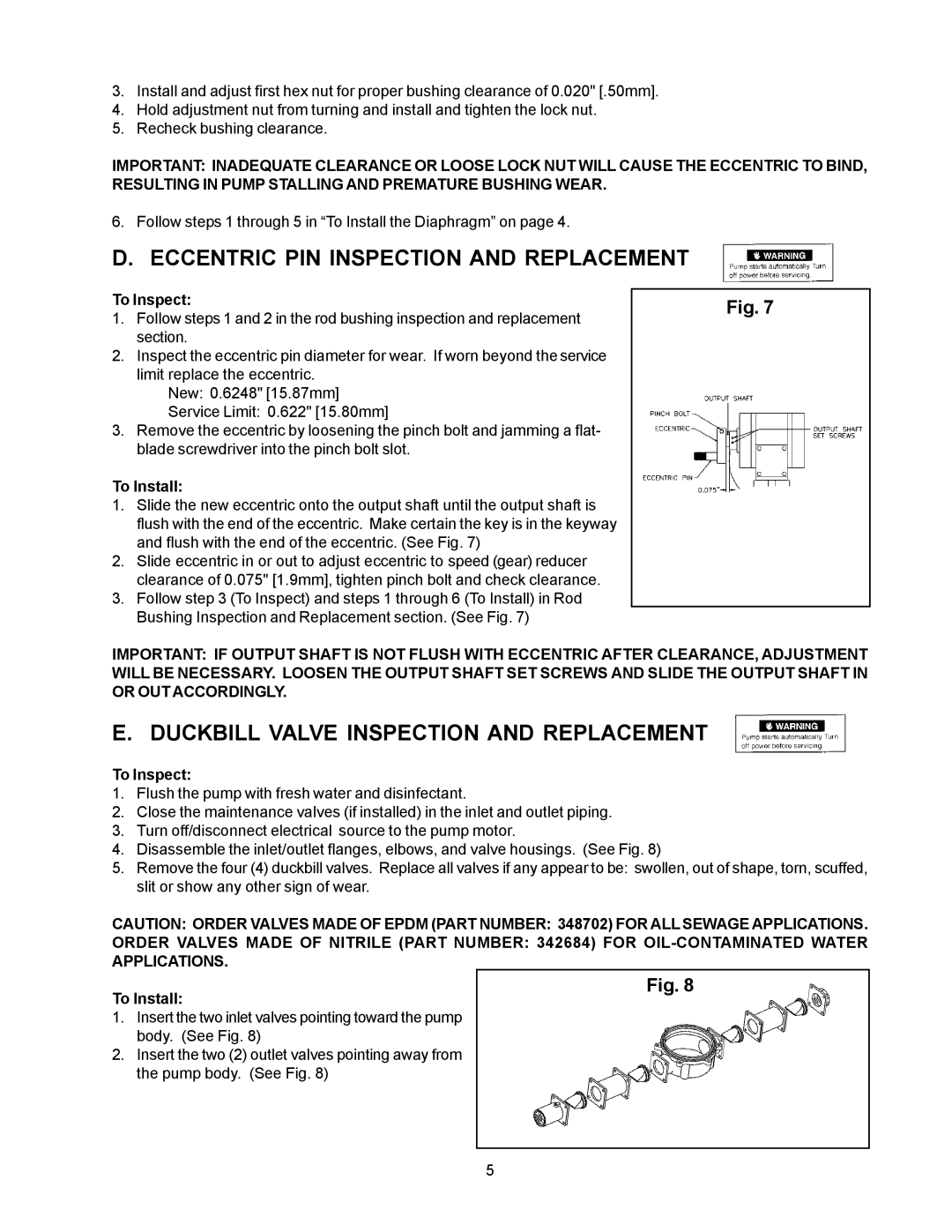Vacuum Pump specifications
The SeaLand Vacuum Pump is a sophisticated device designed for a variety of marine and land applications, prioritizing efficiency and reliability. Its primary purpose is to create a vacuum for various tasks such as waste management, liquid transfer, and other pneumatic applications. The pump is engineered to excel in challenging environments which makes it a popular choice among boat owners and industrial operators alike.One of the standout features of the SeaLand Vacuum Pump is its compact design. This allows for easy installation in tight spaces typically found in marine vessels. The pump combines a lightweight structure with durability, ensuring it can withstand the rigors of operational environments. The materials used are resistant to corrosion, which is critical given the marine applications in which it often operates.
The technology behind the SeaLand Vacuum Pump includes advanced rotary vane mechanisms. This design maximizes efficiency, providing steady vacuum levels with minimal power consumption. The pump operates quietly, which is an essential characteristic for marine settings where noise can disrupt the experience aboard.
Another significant feature is its user-friendly interface, designed with operators in mind. The controls are intuitive, minimizing the learning curve for new users and enhancing operational efficiency. Additionally, the pump incorporates safeguards such as thermal protection, which prevents overheating during prolonged use, thereby extending its lifespan and reducing maintenance costs.
In terms of performance, the SeaLand Vacuum Pump delivers high flow rates and excellent vacuum levels, which positions it as a leader in its class. It can handle varying workloads without compromising performance. Furthermore, the design includes options for both manual and automatic operation modes, allowing for flexibility depending on the specific application.
Maintenance is simplified by the pump's modular construction, which allows for easy access to internal components. This design facilitates routine servicing and reduces downtime, an essential consideration for operators who rely on their equipment for consistent performance.
In summary, the SeaLand Vacuum Pump is a versatile, reliable, and efficient solution for various vacuum applications in marine environments and beyond. With its advanced technology, user-friendly features, and robust construction, it stands out as an essential tool for anyone needing effective vacuum solutions.

